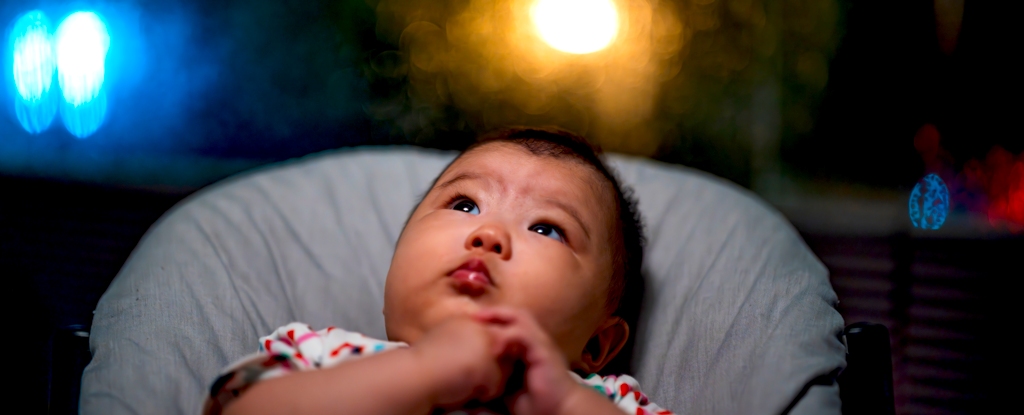
As plans for missions to Mars advance, researchers are increasingly focused on the potential implications for human reproduction in space. Recent studies raise critical questions about the viability of pregnancy and childbirth beyond Earth, examining how the human body would adapt to such an environment.
The concept of a baby born in space is not merely speculative. With a return trip to Mars potentially lasting several months, conditions could allow for conception and gestation. However, the challenges posed by microgravity and cosmic radiation present significant risks. According to Arun Vivian Holden, Emeritus Professor of Computational Biology at the University of Leeds, understanding these risks is essential before any attempts at space pregnancy are made.
Pregnancy and Microgravity
Pregnancy is typically a complex sequence of biological milestones, each with its own probability of success. On Earth, research has established these chances, but space adds layers of complexity. In microgravity, conception might be more challenging, yet once an embryo implants in the uterus, the risks of miscarriage may not increase significantly.
The experience of zero gravity complicates childbirth and newborn care substantially. In space, the absence of gravity would make the delivery process more difficult. Fluids float, and so do individuals, which means that the usual processes for handling a newborn—like positioning and feeding—become far more complicated.
Interestingly, the developing fetus is already accustomed to a microgravity-like environment. Inside the womb, it floats within amniotic fluid, similar to how astronauts train in water tanks to simulate weightlessness. Nonetheless, the challenges of raising a child in space could have long-term developmental implications.
Radiation and Developmental Risks
One of the most pressing concerns is exposure to cosmic radiation. Outside of Earth’s protective atmosphere, high-energy particles known as cosmic rays pose a serious threat. These particles, which travel at nearly the speed of light, can cause significant cellular damage by colliding with atoms in the human body.
During the early weeks of pregnancy, when embryonic cells are rapidly dividing, exposure to cosmic radiation could be catastrophic. A single direct hit from a cosmic ray could lead to a miscarriage, though such events are relatively rare. However, as the pregnancy progresses and the fetus grows, the likelihood of a cosmic ray hitting the uterine muscle increases, potentially leading to complications such as premature labor.
While neonatal intensive care has improved significantly, a premature birth in space would present unique challenges. The risks associated with childbirth are already heightened on Earth; in space, these risks are magnified, though not insurmountable.
The development of a baby born in microgravity would also be impacted. The absence of gravity could affect postural reflexes and motor skills, which are essential for a child’s development of abilities like lifting the head, sitting up, and walking. Without a clear sense of “up” and “down,” these instinctive movements might evolve differently than they would on Earth.
Moreover, the threat of radiation exposure does not cease with birth. A baby’s brain continues to develop after delivery, and prolonged exposure to cosmic rays could lead to cognitive impairments and other long-term health issues.
In conclusion, while it is theoretically possible for a baby to be born in space, significant challenges remain. Until we can effectively shield embryos from radiation, mitigate the risks of premature birth, and ensure that newborns can develop normally in microgravity, the prospect of space pregnancy remains a perilous endeavor. The journey towards understanding these risks is a crucial step in preparing for humanity’s future beyond our planet.






